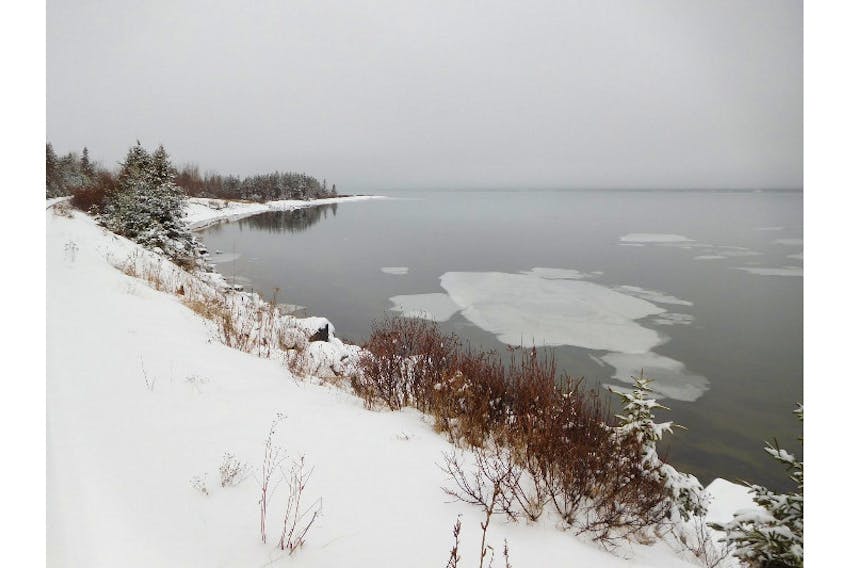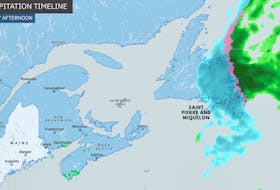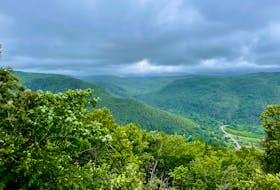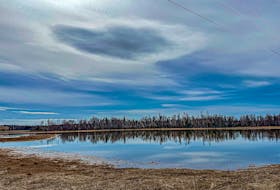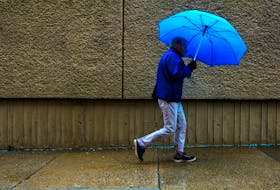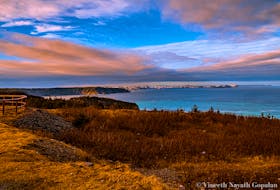I guess I’m a lot like Grandma: she loved winter and she really liked it to stay cold until spring.
Grandma was not a fan of the “January thaw,” which came around almost every year. She believed the mild spell would bring sickness. I don’t know about that, but the January thaw did bring some pretty dramatic changes in the weather.
When the temperatures inevitably started to climb, fog would spread across the land in Glengarry County. Soon, we would hear Grandma reciting one of her favourite weather sayings: “A summer fog for fair, a winter fog for rain, a fact most everywhere, in valley or on plain.
Fog forms when the air cools enough that the water vapour encourages condensation over evaporation. Cool, summer nights are often the result of clear skies and a light wind - these allow excess heat to be radiated into space. Cloudy skies act like a blanket, absorbing and reradiating the heat, keeping it in. So, if it is cool enough and clear enough for fog to form, it will probably be clear the next day.
Winter fog is the result of very different circumstances; it’s often a type of advection fog.
Advection fog forms when damp air moves across a surface that is cooler than the air. This happens over the ocean when a warm front travelling with a mild southerly circulation moves up along the coast in the winter. It also occurs when that warm south wind blows over frozen or snow-covered land. When the temperature of the air is lowered to its dew point, changes start to happen. First, saturation occurs. Then, fog.
Depending on the type of weather system moving in, there could be some rain, but this type of very stable air mass usually produces extended periods of drizzle. Some say that’s good for the complexion; all I know is, it’s not good for the hair.
- Have a question about the weather? Email [email protected].
- Read more Grandma Says columns.
Cindy Day is the chief meteorologist for SaltWire Network.
RELATED

